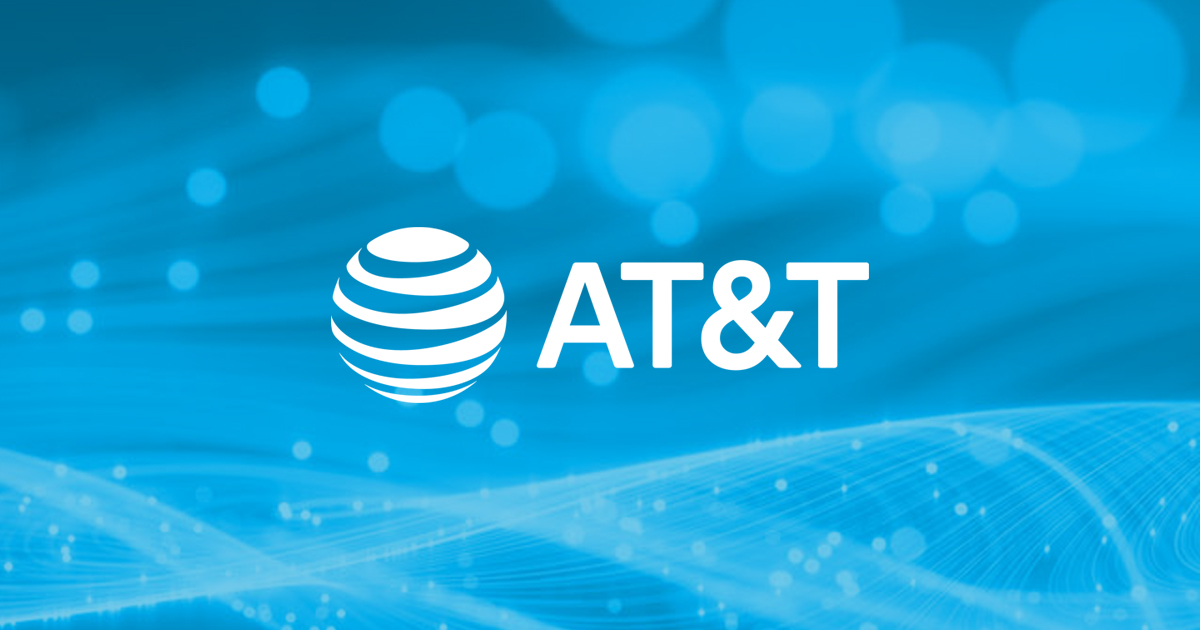CanesFan95
Analog already is interoperable.
What frequencies does all this use?
FirstNet is allocated LTE band 14 nationwide.Do we know what the actual frequencies are?

So if there's no actual frequency, how do the radios transmit and receive audio? And how do all the radios know the right encryption key?

The 746-806 MHz band is split in two. The low half is base and the high half is mobile. +30 MHz offset.So from ND5Y's post, it looks like there's a +30 MHz offset input / output on the repeater, just like the +5 on UHF?

 about.att.com
about.att.com
OK, so it's a cell phone. But I guess I still don't understand the mechanics how/where it transmit and receieve. With traditional scanning, we have repeaters, conventional, trunking, control channels, slots, and so on. But I'm not grasping how all this cell phone stuff works.
My understanding is that Band 14 is NOT reserved for the exclusive use of FirstNet however the prioritization and preemption given to FirstNet users can result in them being the only users on it during an emergency.
One of the benefits to ATT is shared (but prioritized) use with regular ATT customers.
chris

